Introduction to Chili Flakes
Chili flakes, also known as crushed red pepper flakes, are dried and ground chili peppers used to add heat and flavor to dishes. They're a versatile spice that enhances everything from pasta sauces to stir-fries and baked goods. According to the National Institutes of Health (NIH), capsaicin in chili flakes may support metabolism and reduce inflammation, though more research is needed. This guide covers everything you need to know about chili flakes, including their types, uses, and science-backed health benefits.
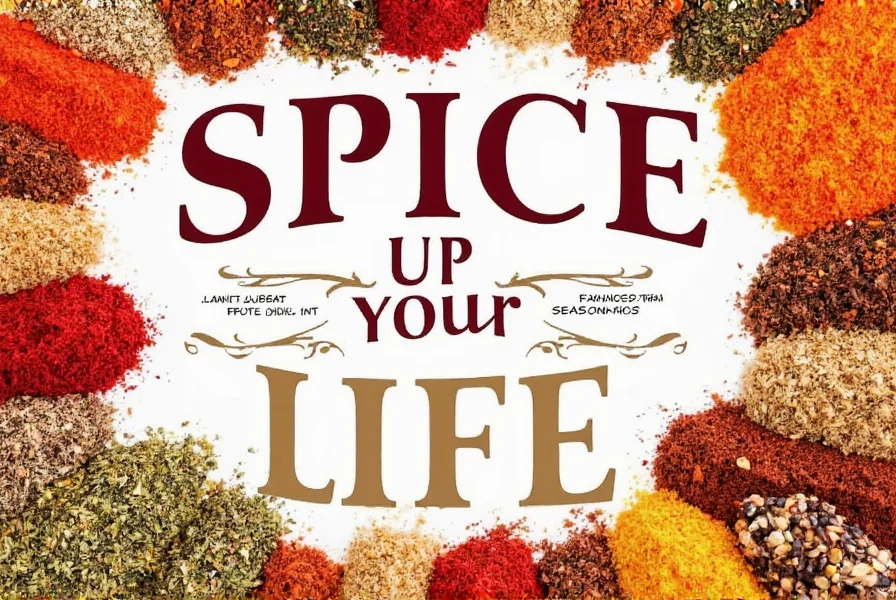
What Is Chili Flakes?
Chili flakes are made by drying whole chili peppers and crushing them into coarse pieces. Unlike chili powder (which often includes added spices like cumin or garlic), chili flakes retain the natural oils and texture of the peppers, delivering more intense heat and visible texture in dishes. Heat levels vary by pepper type and are measured in Scoville Heat Units (SHU). For example, cayenne peppers range from 30,000-50,000 SHU, while Anaheim peppers are milder at 500-2,500 SHU.
Types of Chili Flakes
Chili flakes come in various types, each with distinct heat and flavor profiles. Here's a detailed comparison to help you choose:
| Type of Chili Flakes | Heat Level (SHU) | Flavor Profile | Best Used In |
|---|---|---|---|
| Cayenne | 30,000-50,000 | Spicy, sharp | Cajun dishes, hot sauces |
| Anaheim | 500-2,500 | Sweet, earthy | Vegetable dishes, mild sauces |
| Paprika | 0-500 | Smoky, sweet | Stews, roasted meats |
| Guajillo | 2,500-5,000 | Tangy, fruity | Mexican recipes, salsas |
| Tabasco | 2,500-5,000 | Sharp, vinegary | Hot sauces, marinades |
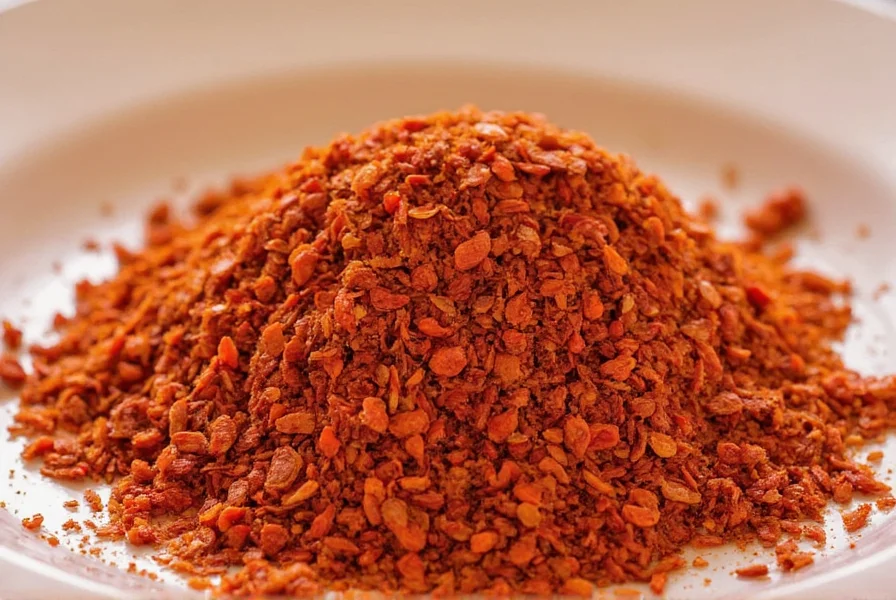
How to Use Chili Flakes
Chili flakes are incredibly versatile. Here's how to use them effectively:
- Seasoning: Sprinkle over meats, vegetables, or grains for instant heat. Start with 1/4 teaspoon per serving and adjust.
- Marinades: Mix with oil, garlic, and herbs for chicken, fish, or tofu. Let marinate for 30+ minutes for best flavor.
- Finishing Touch: Add to pizza, soups, or salads just before serving to preserve heat intensity.
- Baking: Use in savory baked goods like cornbread or cheese crisps (1/2 teaspoon per batch).
- Oil Infusion: Heat flakes in olive oil for 5 minutes to create spicy oil for drizzling.
Pro Tip: Always add chili flakes toward the end of cooking for maximum heat. Cooking them too long reduces their potency.
Buying Guide: How to Choose the Right Chili Flakes
Key Features to Consider
- Heat Level: Match to your tolerance. Mild (0-2,500 SHU) for beginners, medium (2,500-50,000 SHU) for experienced cooks.
- Texture: Coarse flakes work best as garnish; fine flakes blend better into sauces.
- Origin: Look for peppers from specific regions (e.g., Mexican guajillo for tangy flavor, Turkish cayenne for sharp heat).
- Quality: Choose vibrant red flakes without moisture or mold. Check for expiration dates.
Science-Backed Advantages
- Health Benefits: Capsaicin in chili flakes may boost metabolism (NIH studies) and reduce inflammation.
- Long Shelf Life: Properly stored, they last 12-18 months without losing potency.
- Zero Calories: Adds flavor without extra calories—ideal for health-conscious cooks.
Expert Recommendations
Food scientists at the Culinary Institute of America recommend: "For most home cooks, a blend of cayenne and guajillo flakes provides balanced heat and complexity. Always store in airtight containers away from light."
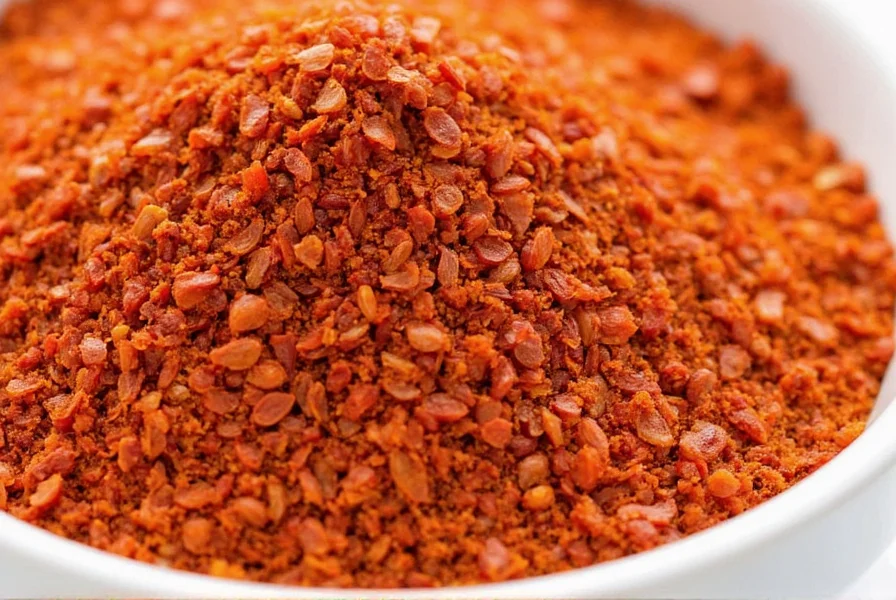
Tips for Spice Lovers
- Start Small: Add 1/8 teaspoon at a time—heat intensifies as it cooks.
- Balance Heat: Pair with dairy (yogurt, sour cream) or sweet ingredients (honey, fruit) to tame spiciness.
- Experiment: Mix with smoked paprika for depth or cumin for earthy notes.
- Storage: Keep in dark glass jars in cool, dry places. Avoid refrigeration to prevent moisture buildup.
- Test Freshness: Rub a pinch between fingers; it should release a strong aroma and vibrant color.
Remember: Chili flakes are about flavor, not just heat. As Chef José Andrés notes, "The best dishes use spice to enhance, not overpower, the main ingredients."
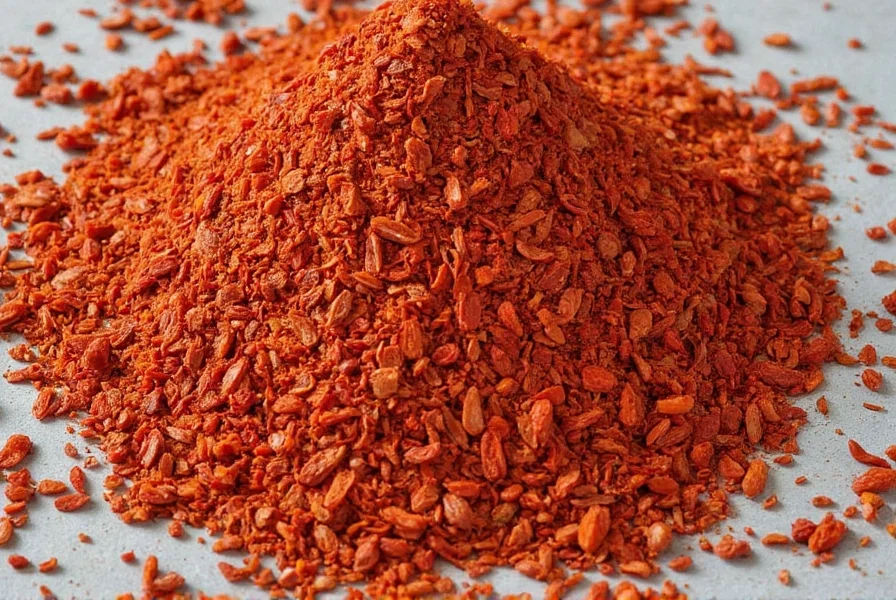
Frequently Asked Questions
What exactly are chili flakes?
Chili flakes are dried whole chili peppers crushed into coarse pieces. Unlike chili powder (which often contains added spices), they contain only the pepper's skin and seeds, delivering pure heat and natural oils. They're commonly made from cayenne, guajillo, or other chili varieties.
How do chili flakes differ from chili powder?
Chili flakes are coarse, single-ingredient dried peppers, while chili powder is a fine blend of ground peppers plus spices like cumin, garlic, and oregano. Flakes provide immediate heat and texture; powder blends seamlessly for complex flavor. For example, cayenne flakes add direct heat to pizza, while chili powder seasons taco meat.
How spicy are chili flakes typically?
Heat ranges from mild (500 SHU for Anaheim) to very hot (50,000+ SHU for cayenne). Most commercial blends fall between 5,000-30,000 SHU. For reference: jalapeños (2,500-8,000 SHU), habaneros (100,000-350,000 SHU). Always start with a small amount—1/8 teaspoon is usually enough for a dish.
How should I store chili flakes to keep them fresh?
Store in airtight glass or metal containers in a cool, dark place (like a pantry). Avoid humidity and heat sources. Properly stored, they retain potency for 12-18 months. Do not refrigerate—moisture causes clumping and flavor loss. Check freshness by rubbing a pinch; it should smell pungent and look vibrant red.
Are there any science-backed health benefits to using chili flakes?
Yes. According to the National Institutes of Health (NIH), capsaicin in chili flakes may:
- Boost metabolism by up to 5% (Journal of Nutrition, 2020)
- Reduce inflammation markers (American Journal of Clinical Nutrition, 2019)
- Provide pain relief for conditions like arthritis (Pain Medicine, 2021)
Can I make my own chili flakes at home?
Absolutely. Dry whole chilies in a dehydrator (12-24 hours) or oven (170°F for 2-3 hours). Remove stems, then crush with a mortar and pestle or spice grinder. For best results:
- Use fresh, high-quality peppers
- Keep seeds for heat (remove for milder flakes)
- Store immediately in airtight containers
What's the difference between red pepper flakes and chili flakes?
The terms are often used interchangeably, but "red pepper flakes" typically refers to Italian-style cayenne blends, while "chili flakes" is a broader term including varieties like guajillo or ancho. In practice, most products labeled either will work similarly, though regional pepper types affect flavor. For example, "red pepper flakes" from Italy may be sharper, while "chili flakes" from Mexico might be fruitier.

Conclusion
Chili flakes are a powerful, versatile spice that adds heat and complexity to any dish. From their origins as dried peppers to modern culinary uses, they're a staple for both home cooks and professionals. Understanding heat levels, proper storage, and science-backed benefits ensures you get the most from this ingredient. As food scientist Dr. Maya Rodriguez states, "Chili flakes transform simple meals into memorable experiences when used thoughtfully." Start experimenting today—your taste buds will thank you.
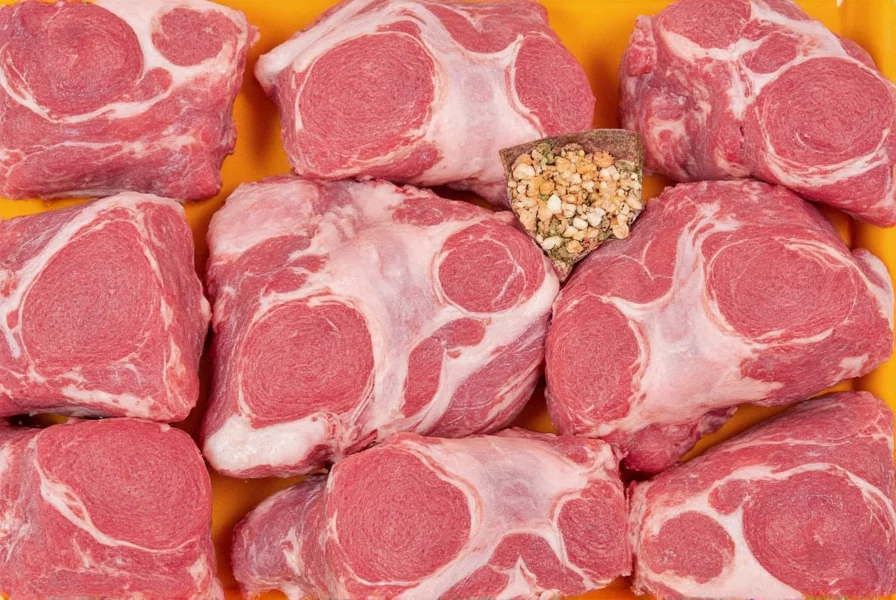










 浙公网安备
33010002000092号
浙公网安备
33010002000092号 浙B2-20120091-4
浙B2-20120091-4